How to choose the right roof windows to flood your home with natural light, according to three pros
Everything you need to know about roof windows, including all the options, pros, cons and costs
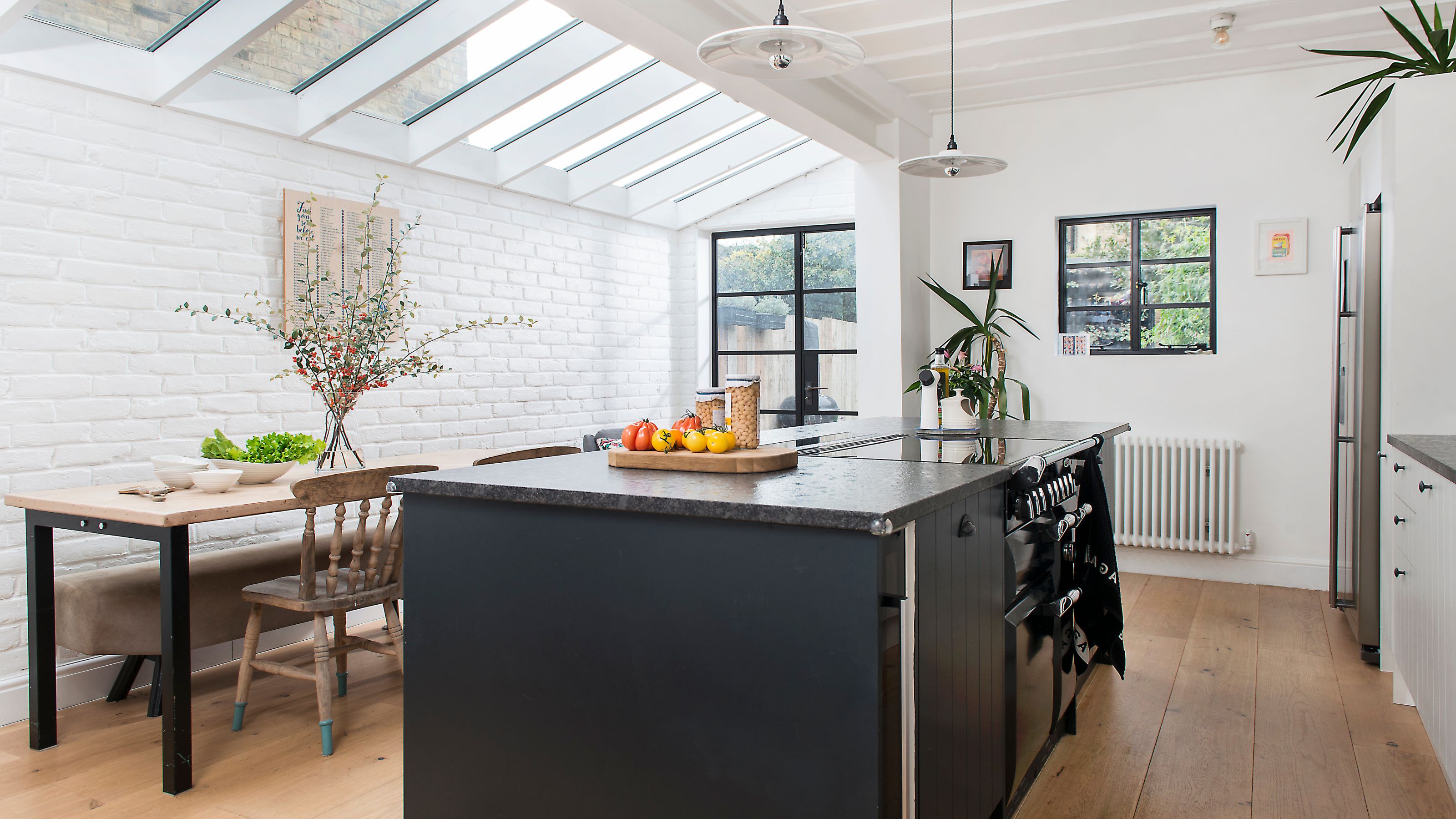

Ginevra Benedetti
There are very few renovation projects or extensions that won't benefit from the addition of some kind of roof windows. They can be added into all kinds of roof configurations and will very often be the only way to bring natural light into some kinds of property.
Whether you want for windows for your new addition or are looking for a way of illuminating a loft conversion, roof windows, be that a simple skylight or a complex roof lantern, are a brilliant option.
That said, with so many types of windows now available, it can be hard to know where to begin. Do you know the difference between a rooflight and a skylight? Have you even a rough idea of how much they cost? Will planning permission be needed? Thankfully, our guide is here to answer all these questions and more.
What actually is a roof window?
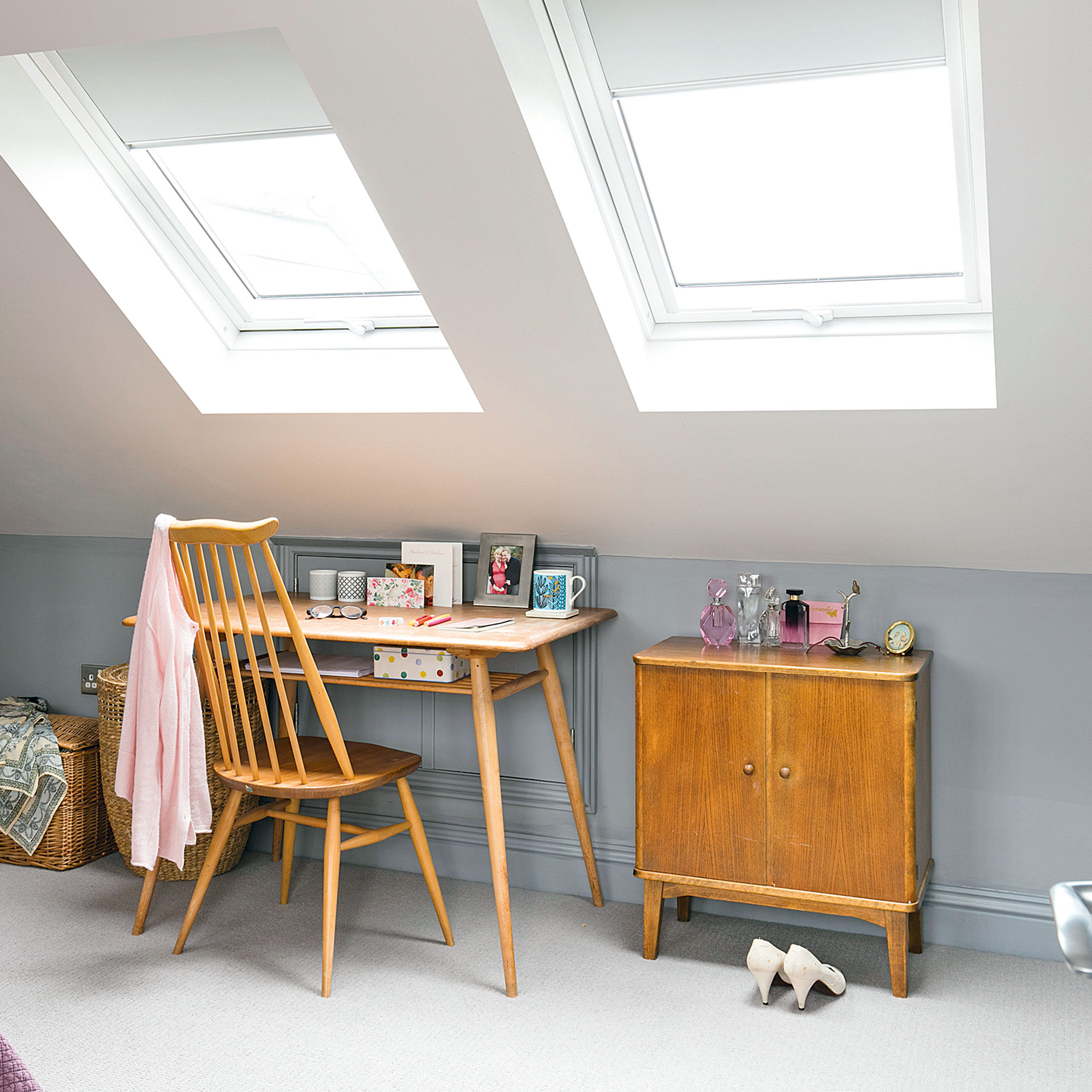
Ahead of getting into how to choose roof windows, let's get clear on exactly what we are talking about here.
'A roof window or rooflight is simply a window that can be installed into the roof of a building so you can flood the room below with natural light,' explains Paul Higgins, commercial director at Tuffx Glass.
'A roof window is a glazed unit installed in the slope of a roof, designed to bring natural light and ventilation into the interior spaces directly beneath,' adds Barbara Entwistle, project development manager at Velux. 'Unlike traditional vertical windows, roof windows are integrated into the roof's structure, providing a unique way to illuminate and aerate rooms, especially in attic conversions or single-storey extensions.'

Paul is the commercial director at Tuffx Glass, the UK’s leading glass manufacturer and glass processor. He is experienced in purchasing, product development, negotiation, strategic sourcing and business strategy.

Barbara is project development manager at Velux. Velux was founded in 1941 and today manufacture a range of roof windows, including sun tunnels, roof balconies and terraces.
What is the difference between a skylight and a rooflight?
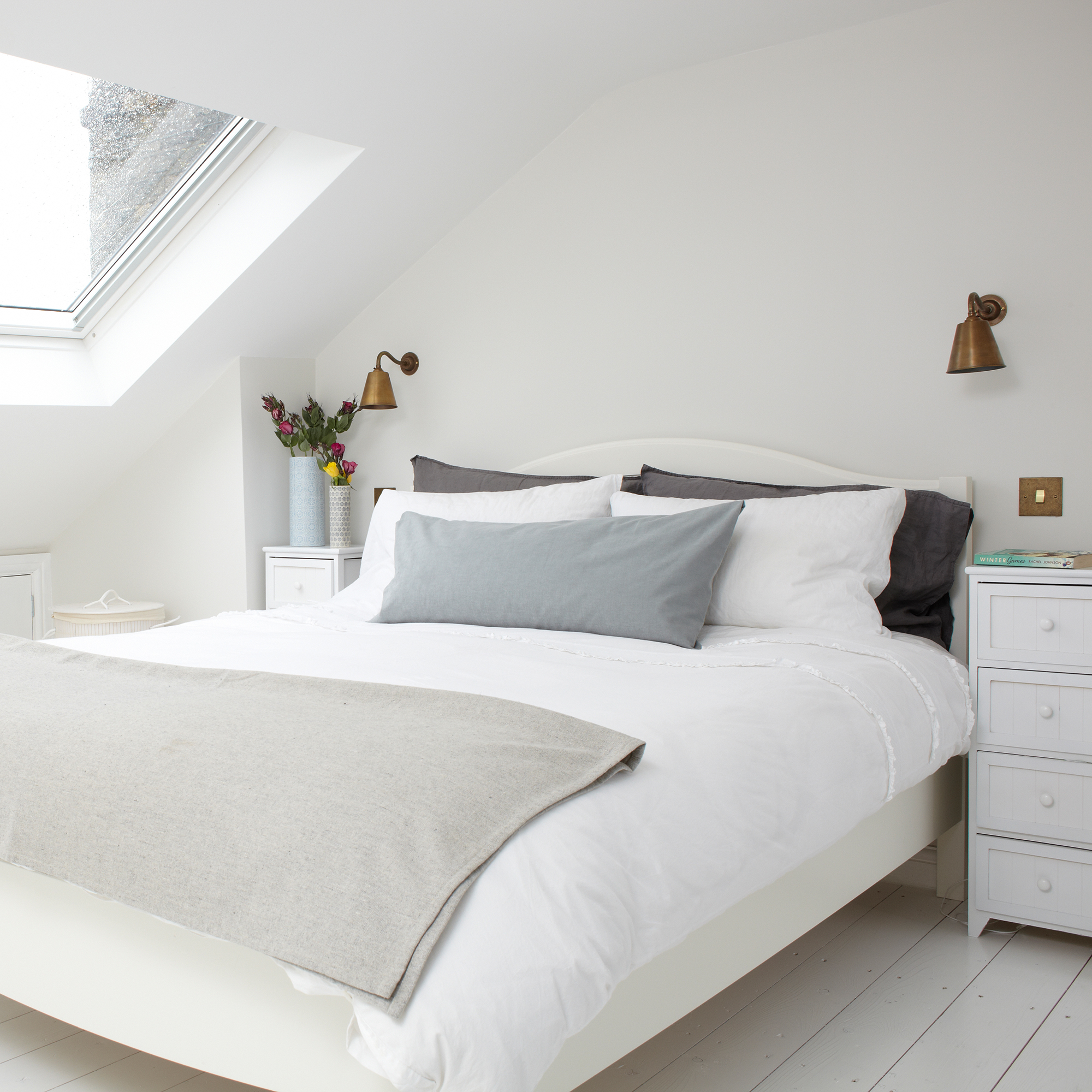
Just as with any replacement windows, there are many variations on roof windows, but before looking into what these are, it is useful to understand the difference between a rooflight and a skylight.
Get the Ideal Home Newsletter
Sign up to our newsletter for style and decor inspiration, house makeovers, project advice and more.
'In the UK, the terms 'skylight' and 'rooflight' are often used interchangeably,' explains Barbara Entwistle. 'Traditionally, 'skylight' refers to a glazed unit that brings light into a space but may not open, while 'rooflight' can denote a window installed in the roof that may offer ventilation. However, these distinctions have blurred over time, and both terms are commonly used to describe glazed openings in the roof that provide natural light and, in many cases, ventilation.'
Types of roof window

Beneath the umbrella term of 'roof window' lie several different types of design, some of which may be more suitable for your loft conversions ideas or a particular project than others.
The beauty of roof windows is that they come in all kinds of designs, shapes and sizes — and with different operating mechanisms too. This means there is usually a way of drawing in light from above, no matter what kind of roof structure you are dealing with and your individual needs.
- Fixed rooflights and skylights: As the name suggests, these are windows that are designed to be fixed, simply to bring light in as opposed to provide ventilation
- Top-hung roof windows: 'Hinged at the top, they open outwards, providing an unobstructed view and maximising ventilation,' explains Barbara Entwistle. 'This is a great window if you want to maximise a view.'
- Centre-pivot roof windows: 'These are hinged at the centre,' says Barbara. 'They are easy to operate and ideal for situations where furniture is placed beneath.'
- Low pitch roof windows: Dealing with a low pitch roof? 'These are specifically designed for roofs with pitches as low as 10°, ensuring optimal performance even in low-slope applications,' explains Barbara. 'This kind of window works well on a new extension, particularly on a new house, where you are limited by the pitch of roof.'
- Walk-on rooflights: As the name suggests, these roof windows are designed to be walked on. 'Walk-on rooflights can be installed both internally and externally, from floor-to-floor or on the top floor where there is a flat roof,' explains Turrou Landesmann, director of trading at Roofing Superstore. 'These rooflights can convert any room into a bright, open space whilst retaining privacy with optional opaque glass. The anti-slip coating ensures the safety of those walking across it whilst slim, flush-fit, extremely strong glazing bars ensure the rooflight is architecturally sound.'
- Roof lanterns: As well as bringing in natural light, roof lanterns make a strong architectural statement. These are raised glass structures, that come in many forms – pitched polygons, barrel vaults and pyramids, for example.
- Conservation rooflights: If you live in a Conservation Area, or are looking for traditional windows for period homes, these may be a requirement. 'In a Conservation Area often any changes, including window replacements, have to be as close as possible as to what’s already in place on both the original building and the rest of the area,' explains Turrou Landesmann. 'Conservation windows are often black in colour and can be recessed into tile or slate to fit flush for as minimal an appearance as possible.'

Turrou Landesmann is trading manager at Roofing Superstore, a company that was launched in 2009 as an online supplier with knowledgeable customer service
Are roof windows a good idea?
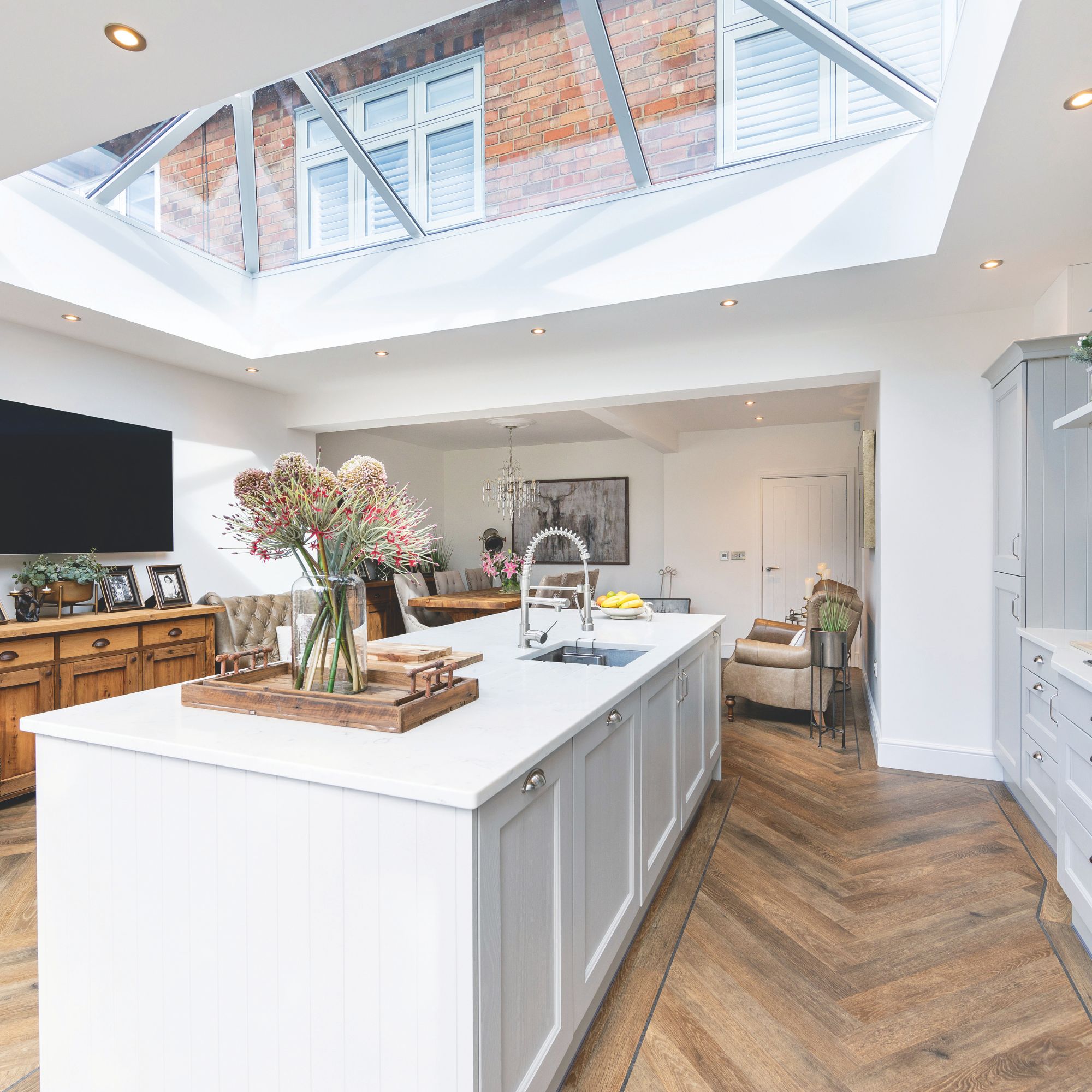
There are so many benefits to be enjoyed from fitting roof windows into your home.
'Roof windows can trigger a spectacular change in your home, for the better; both in terms of interiors and health and wellbeing,' explains Barbara Entwistle. 'When building an extension, only by having light from above can you really see the benefit from the room you have just built out from. Often, if only vertical glazing such as bifold or patio doors are used, the roof in the middle really suffers from a lack of daylight. By correctly positioning a roof window, you can gain so much more directional light.'
Pros of roof windows
- More natural light: 'Roof windows allow daylight to penetrate deeper into your home, reducing the need for artificial lighting and increasing health benefits,' explains Barbara Entwistle.
- Improved ventilation: 'Operable roof windows facilitate fresh air circulation, contributing to a healthier indoor climate,' continues Barbara. 'Given the average person spends 90% of their lives indoors, proper ventilation and access to fresh air is crucial to maintaining good home and physical health.
- Enhanced aesthetics: 'Roof windows add a modern and spacious feel to interiors, often transforming previously dark or unused spaces into vibrant living areas,' says Barbara.
- Better energy efficiency: Providing the are correctly installed, roof windows can improve energy efficiency both by reducing the need for artificial lighting as well as aiding passive solar heating.
- Space utilisation: The use of roof windows can open up all kinds of possibilities when it comes to how you use your home. 'Roof windows offer homeowners the potential to experiment with loft conversion ideas and loft space renovations, thus making these spaces more habitable by introducing light and ventilation to previously unloved spaces,' explains Barbara Entwistle.
- Wellbeing: 'Having access to daylight, fresh air and a view of the sky can boost your overall mental wellbeing,' adds Barbara.
Cons of roof windows
- Potential heat loss: Care needs to be taken when choosing glazing in the case of roof windows if you want to ensure they won't lead to heat loss. 'VELUX solutions offer glazing options to mitigate these issues,' points out Barbara Entwistle. 'It may be that you use different glazing in the north or south of the building, as south facing buildings, due to increased direct sunlight, may need different glass.
- Careful installation required: It really is best to call in the pros when installing any kind of roof window in order to ensure a good fit.
- Added insulation considerations: The need for insulation here is often overlooked. 'Always insulate around the perimeter of the window, especially if you have an old inefficient roof,' advises Barbara Entwistle.
How much do roof windows cost?
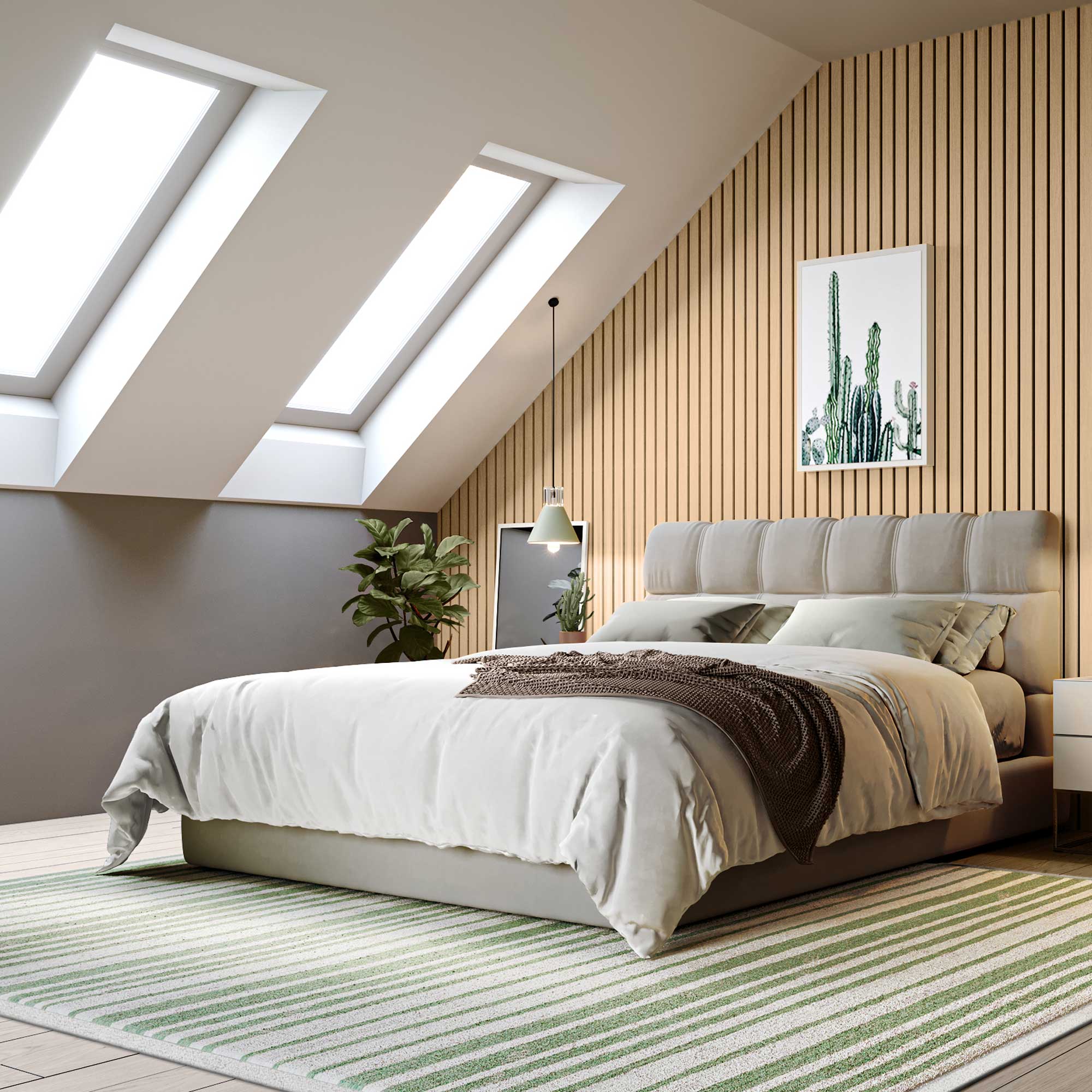
Now to the all-important question of cost – how much can you expect to pay for roof windows? Unfortunately there is not an easy answer to this one as there are so many different types of rooflight and ceiling glazing available.
'The cost of roof windows varies based on size, type, glazing options and additional features,' explains Barbara Entwistle. 'As a general guide, prices can range from a few hundred pounds to several thousand. There are a range of techniques to manage the cost of roof window installation and management.'
In order to reduce costs, Barbara suggests sticking to standard size windows, as opposed to bespoke, and opting for manual over electric operation. She also points out, long-term, opting for energy efficient glazing will help you save money on your utility bills.
What size roof windows can you get?
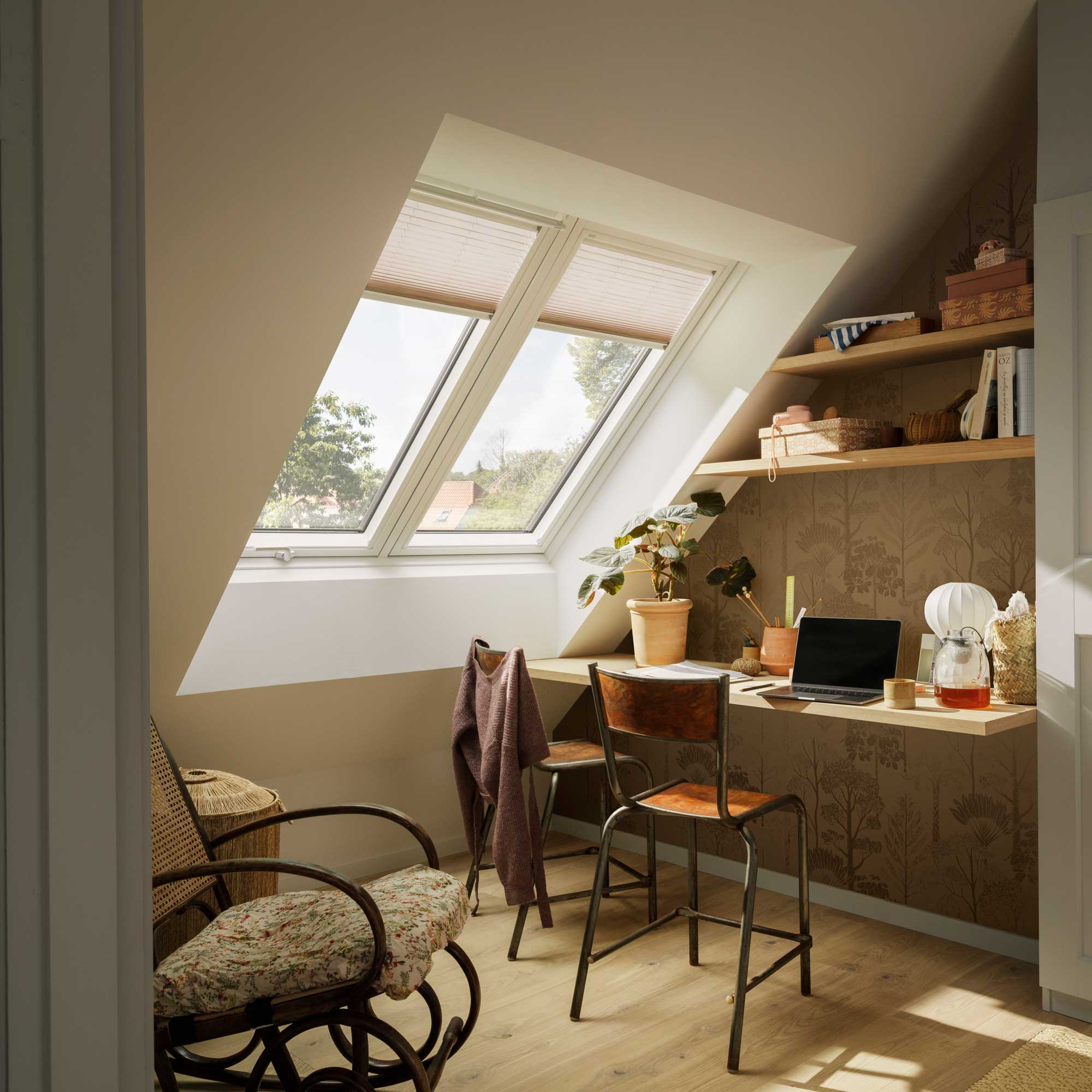
In general you can choose either standard-sized roof windows (ideal for those looking at how to renovate on a budget), or choose to go down the bespoke route.
'VELUX roof windows come in a variety of standard sizes to fit common rafter spacings,' explains Barbara Entwistle. 'Standard sizes range from compact dimensions suitable for small rooms and lofts to larger options that create expansive light openings. For unique requirements, bespoke sizes can be manufactured to fit specific design needs.'
What kind of maintenance do roof windows need?
Most people are keen to reduce the amount of maintenance they have to put into the upkeep of their homes and, in the case of anything that is hard to reach, roof windows included, this becomes more important than ever.
Thankfully, there shouldn't be too much involved in looking after your roof windows.
'Just clean the windows regularly and inspect the window every year for any signs of damage to the glass, frame and seal,' advises Paul Higgins.
'The main tip when it comes to maintaining your roof windows is to keep them clean – to let all the daylight you need to shine through,' adds Barbara Entwistle. 'A secret hack; many VELUX owners are unaware of a clever little design feature that can totally revolutionise the way they have been cleaning your roof window. Have you ever wondered what that little hole is for on a Velux window? Well, if you open the handle on the VELUX, open it from the top down, you’ll find a little bolt. Fold the window all the way around, slot the bolt into the hole and now the outside window is on the inside, held in place so that you can clean it easily – simple!'
With good maintenance, you will reduce the chance of window condensation becoming an issue and can expect your roof windows to last for many years to come, making them a really worthwhile investment.
'A key benefit of installing a roof window in your home is longevity – roof windows are designed to last many years, often decades,' says Barbara. 'The exact lifespan depends on factors such as environmental conditions and usage.'
Do I need planning permission to add a roof window?
The good news here is that, in many cases, you won't need planning permission for a roof window.
'In most cases, adding a roof window falls under permitted development rights, meaning you do not need planning permission as long as certain conditions are met,' explains Barbara Entwistle. 'These include the window not protruding more than 150mm beyond the existing roof plane, plus it must not be higher than the highest part of the roof.'
FAQs
Can I fit a roof window myself?
Many homeowners are keen to carry out as much work on their home as possible on a DIY basis in order to cut costs.
'While some experienced DIY enthusiasts may be tempted to install roof windows themselves, the best port of call is relying on a professional installer to ensure safety, proper integration with the roof structure, and compliance with building regulations,' points out Barbara Entwistle.
Where should I buy roof windows?
There are several well-regarded roof window manufacturers and suppliers, including:
Pulling maximum light into an extension is key to the success of any project so be sure to look into our guide to bifold vs sliding doors to help with your choice of windows and doors.

Natasha has been writing about everything homes and interiors related for over 20 years and, in that time, has covered absolutely everything, from knocking down walls and digging up old floors to the latest kitchen and bathroom trends. As well as carrying out the role of Associate Content Editor for Homebuilding & Renovating for many years, she has completely renovated several old houses of her own on a DIY basis.
- Ginevra BenedettiDeputy Editor (Print)
You must confirm your public display name before commenting
Please logout and then login again, you will then be prompted to enter your display name.
-
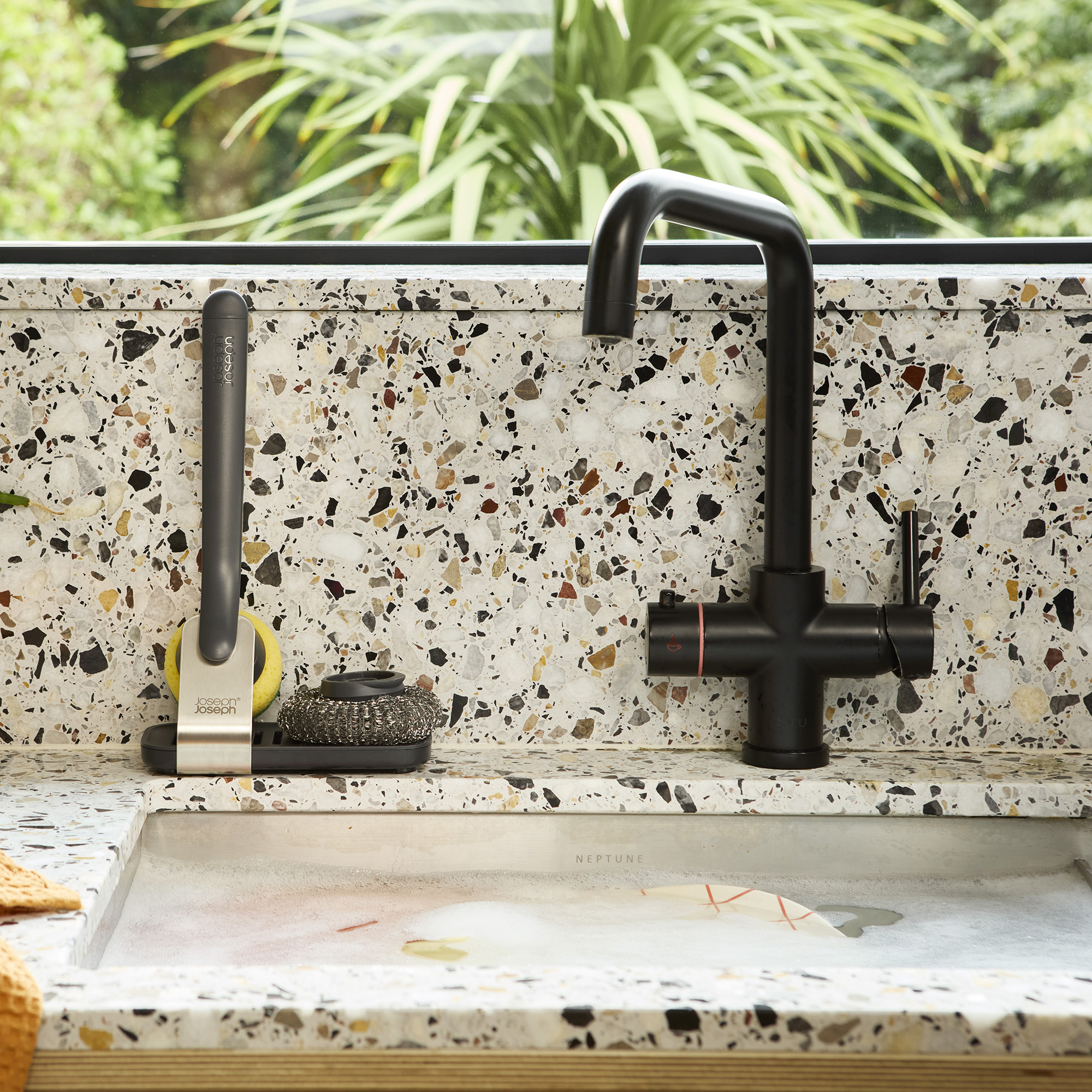 Don't tell my flatmates, but Joseph Joseph's clever new sink range finally made me enjoy washing up
Don't tell my flatmates, but Joseph Joseph's clever new sink range finally made me enjoy washing upI didn't know stylish washing up accessories existed until I saw this collection
By Holly Cockburn
-
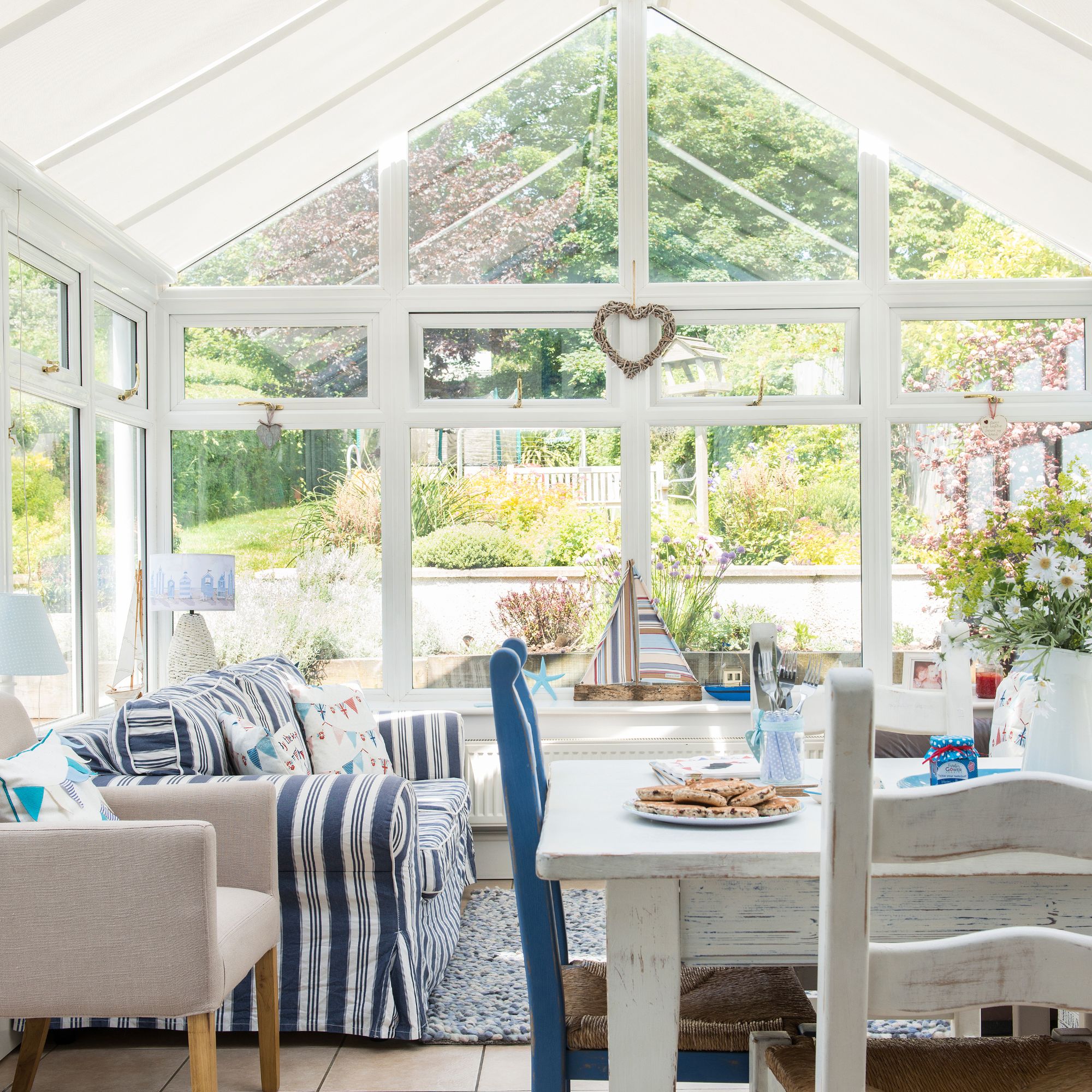 Is it cheaper to build an extension or a conservatory?
Is it cheaper to build an extension or a conservatory?One is usually cheaper, but it turns out that's not always the case
By Amy Reeves
-
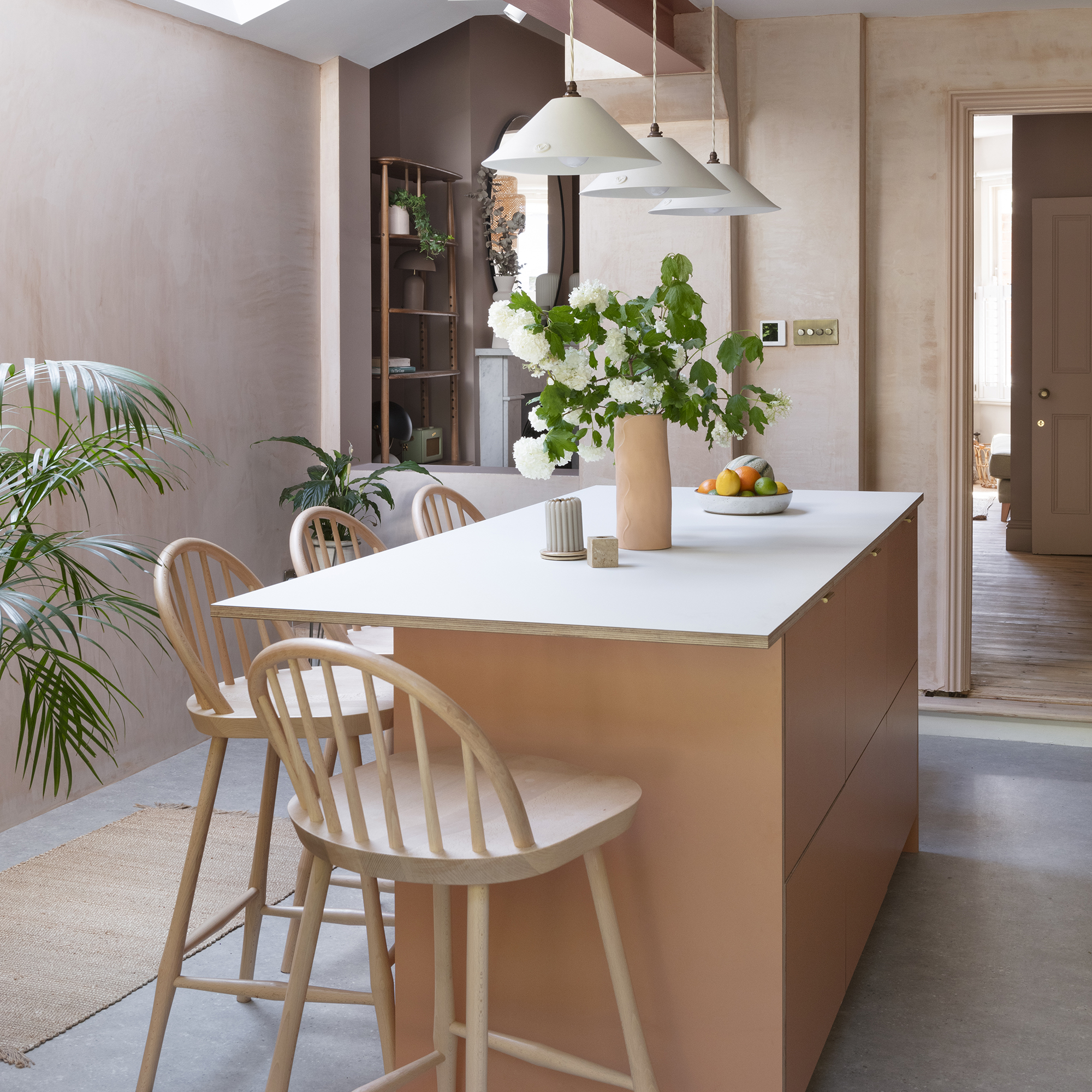 Can you add an island to an existing kitchen? Yes, but these are the 3 considerations to be aware of
Can you add an island to an existing kitchen? Yes, but these are the 3 considerations to be aware ofAdding an island is easier than you might think
By Holly Cockburn